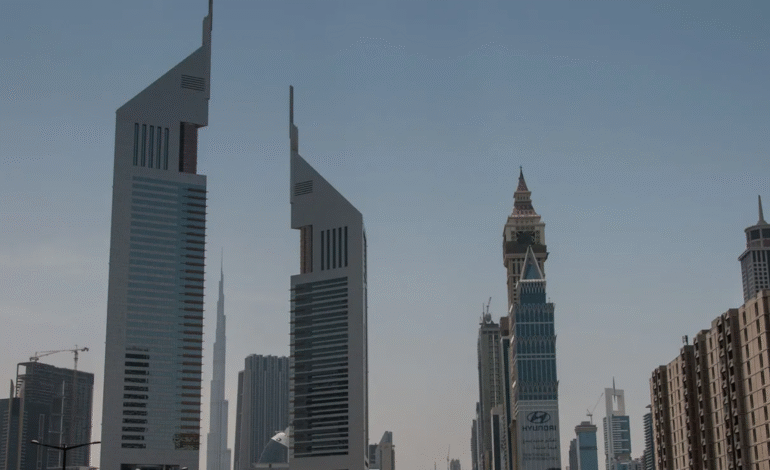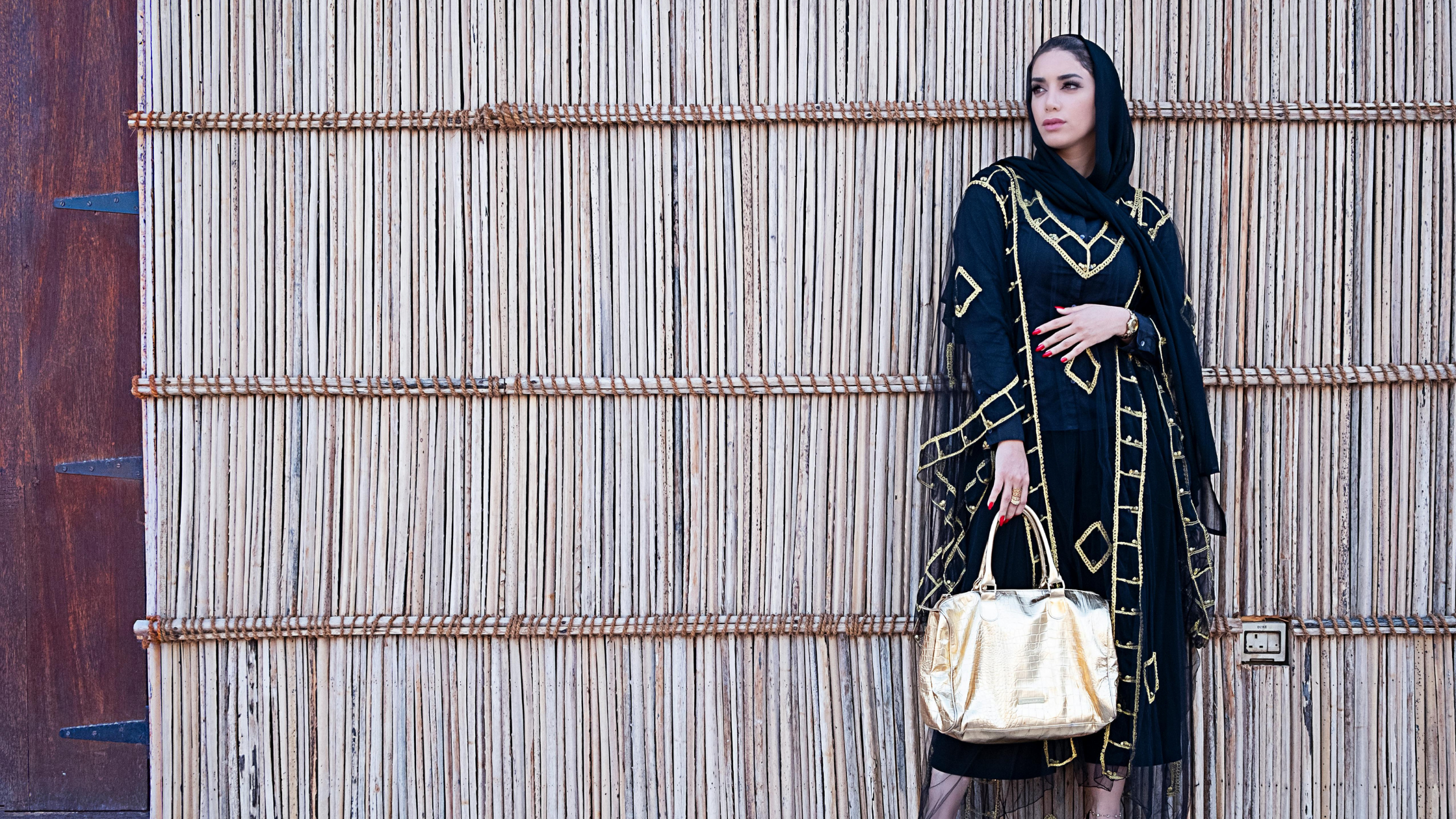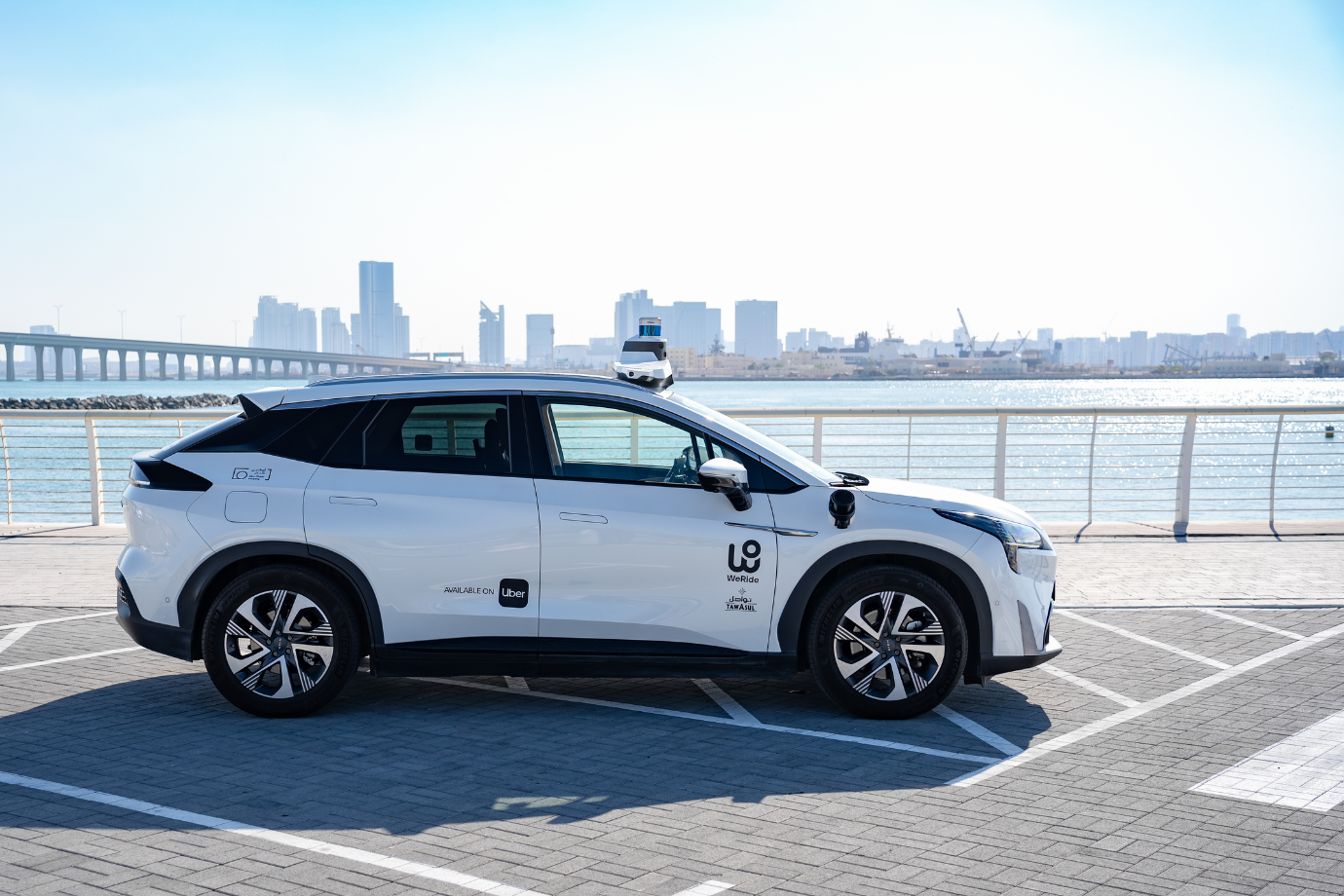Emirates Towers: Transforming Dubai’s Skyline and Financial Hub

The Emirates Towers, an architectural marvel in Dubai’s bustling financial district, have redefined the city’s skyline since their completion in 2000. These twin towers, standing tall along Sheikh Zayed Road, symbolize Dubai’s ambition to emerge as a global financial hub and a leader in innovative architecture. With Emirates Tower 1 soaring to 355 meters (1,167 feet) and Emirates Tower 2 at 305 meters (1,001 feet), they were among the tallest structures in the Middle East at the time. Beyond their impressive heights, the towers sparked the rapid urbanization of Dubai’s financial district, transforming a once-deserted area into a thriving business and commercial hub. This article explores the history, impact, and ongoing legacy of the Emirates Towers, highlighting their role in shaping modern Dubai.
The Birth of an Architectural Icon
In the late 1990s, Dubai was a city with grand aspirations, eager to position itself as a global player in finance, tourism, and innovation. The Emirates Towers project was a cornerstone of this vision, designed to showcase Dubai’s forward-thinking approach to urban development. Before their construction, the area along Sheikh Zayed Road was largely undeveloped, dotted with low-rise buildings, open spaces, and stretches of desert. The decision to build the Emirates Towers marked a turning point, signaling Dubai’s intent to transform this area into a world-class financial hub.
Construction began in the mid-1990s, with aerial views from 1997 capturing the towers rising from the sandy landscape. Emirates Tower 1, primarily an office complex, was designed to house corporate headquarters, while Emirates Tower 2 incorporated a luxury hotel, catering to business travelers and tourists. The sleek, modernist design, characterized by reflective glass and clean lines, embodied Dubai’s leap into the 21st century. The towers’ completion in 2000 not only elevated Dubai’s skyline but also set the stage for the rapid development of the surrounding area.
Transforming Dubai’s Financial District
The completion of the Emirates Towers catalyzed a dramatic transformation of Dubai’s financial district. What was once a sparse landscape quickly evolved into a vibrant hub of commerce and innovation. The towers became a magnet for international businesses, attracting global banks, law firms, and corporate headquarters to the area. This influx of investment spurred the development of nearby landmarks, such as the Dubai International Financial Centre (DIFC) and the Gate Building, further solidifying the district’s status as a global financial powerhouse.
The Dubai International Financial Centre (DIFC), as the area is now known, has become synonymous with luxury and opportunity. High-end residential apartments, upscale hotels, and cutting-edge office spaces have sprung up around the Emirates Towers, creating a dynamic urban ecosystem. The opening of the Emirates Towers Metro Station in 2010 enhanced connectivity, linking the district to iconic destinations like the Dubai Mall and Burj Khalifa. This seamless integration has made the area a focal point for both residents and visitors, reinforcing Dubai’s reputation as a city of convenience and innovation.
A Symbol of Dubai’s Global Ambition
The Emirates Towers are more than just architectural landmarks; they represent Dubai’s relentless pursuit of global prominence. Their sleek design and towering presence have become emblematic of the city’s ambition to compete on the world stage. Alongside other iconic structures like the Burj Khalifa and the Dubai World Trade Centre, the Emirates Towers have helped cement Dubai’s status as a global city renowned for its futuristic skyline and forward-thinking ethos.
The towers’ reflective glass facades and minimalist aesthetic symbolize Dubai’s embrace of modernity and innovation. They stand as a testament to the city’s ability to transform its landscape and economy in a matter of decades. From a modest trading port to a global hub for finance, tourism, and technology, Dubai’s evolution is mirrored in the rise of the Emirates Towers and the surrounding financial district.
Economic Impact and Industry Growth
The construction of the Emirates Towers had a profound impact on Dubai’s economy, turning the surrounding area into a high-value commercial zone. The influx of international firms and corporate headquarters has created thousands of jobs and attracted significant foreign investment. The presence of global brands and businesses has also fostered the growth of new industries, particularly in technology and innovation, as companies seek to capitalize on Dubai’s modern infrastructure and strategic location.
The Dubai International Financial Centre (DIFC), located adjacent to the towers, has become a hub for financial services, hosting over 2,500 companies and employing tens of thousands of professionals. The area’s economic success has also driven the development of luxury hotels, high-end retail, and premium residential properties, catering to the needs of Dubai’s growing expatriate and business communities. The Emirates Towers have thus played a pivotal role in enhancing the UAE’s reputation as a global leader in commerce and innovation.
The Role of Infrastructure in Dubai’s Growth
The Emirates Towers are part of a broader trend of infrastructure development that has defined Dubai’s rise as a global city. The completion of the towers coincided with a wave of ambitious projects, including the Burj Khalifa, Dubai Marina, and the Palm Jumeirah. These developments have collectively transformed Dubai into a destination for tourism, business, and innovation.
The Emirates Towers Metro Station, opened in 2010, played a crucial role in connecting the financial district to the rest of the city. The metro system, one of the most advanced in the world, has made it easier for professionals and visitors to navigate Dubai, further boosting the area’s appeal. The station’s proximity to landmarks like the Dubai Mall and Burj Khalifa has also made the financial district a central hub for both business and leisure.
The surrounding Dubai International Financial District (DIFD) continues to evolve, with plans for new skyscrapers, innovation hubs, and sustainable developments. These projects reflect Dubai’s commitment to staying at the forefront of global urban development, ensuring that the legacy of the Emirates Towers endures.
Challenges and Opportunities in Dubai’s Financial District
While the Emirates Towers have been a catalyst for growth, the rapid development of Dubai’s financial district has not been without challenges. The influx of businesses and residents has strained infrastructure, leading to increased traffic and demand for public services. However, Dubai’s government has responded with investments in smart city technologies, sustainable transport, and urban planning to address these issues.
The opportunities, however, far outweigh the challenges. The financial district’s strategic location, modern infrastructure, and business-friendly policies continue to attract global companies. The UAE’s tax-free environment and ease of doing business make it an ideal destination for startups, tech firms, and multinational corporations. The Emirates Towers, as a symbol of this growth, remain a focal point for investors and entrepreneurs looking to tap into Dubai’s potential.
The Future of Dubai’s Financial District
The legacy of the Emirates Towers continues to shape the future of Dubai’s financial district. The area is poised for further growth, with plans for new developments that prioritize sustainability, innovation, and connectivity. The Museum of the Future, located nearby, exemplifies Dubai’s commitment to embracing cutting-edge technology and design.
As Dubai continues to diversify its economy beyond oil, the financial district will play a central role in attracting industries like fintech, artificial intelligence, and blockchain. The Emirates Towers, with their iconic status and strategic location, will remain a cornerstone of this vision, inspiring future generations of architects, entrepreneurs, and innovators.
Emirates Towers: A Lasting Legacy in Dubai’s Rise
The Emirates Towers stand as a testament to Dubai’s ambition, innovation, and resilience. Since their completion in 2000, they have transformed the city’s skyline and catalyzed the growth of the Dubai financial district. From a once-deserted stretch of land to a thriving hub of global commerce, the area surrounding the towers reflects Dubai’s meteoric rise as a global city. With their sleek design, economic impact, and role in shaping the Dubai International Financial Centre (DIFC), the Emirates Towers continue to inspire and drive the UAE’s growth. As Dubai looks to the future, these iconic structures will remain a symbol of the city’s unwavering commitment to excellence and innovation.








2 Comments
[…] one of the UAE’s most vibrant emirates, has rolled out a game-changing traffic fine discount system designed to promote prompt fine […]
[…] (7) of 2025, a groundbreaking regulation aimed at revolutionizing contracting activities across the emirate. Announced on July 12, 2025, this legislation establishes a unified regulatory framework to enhance […]
Comments are closed.